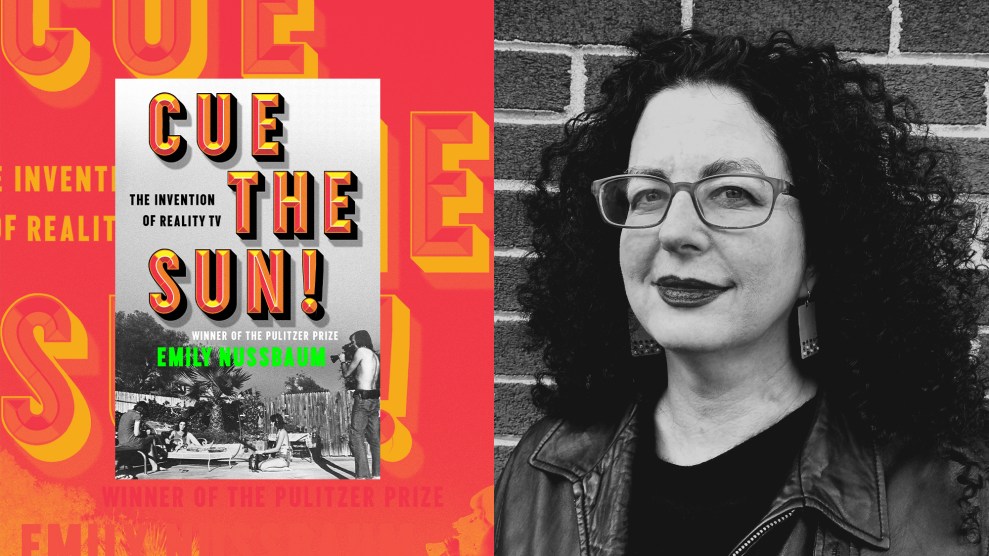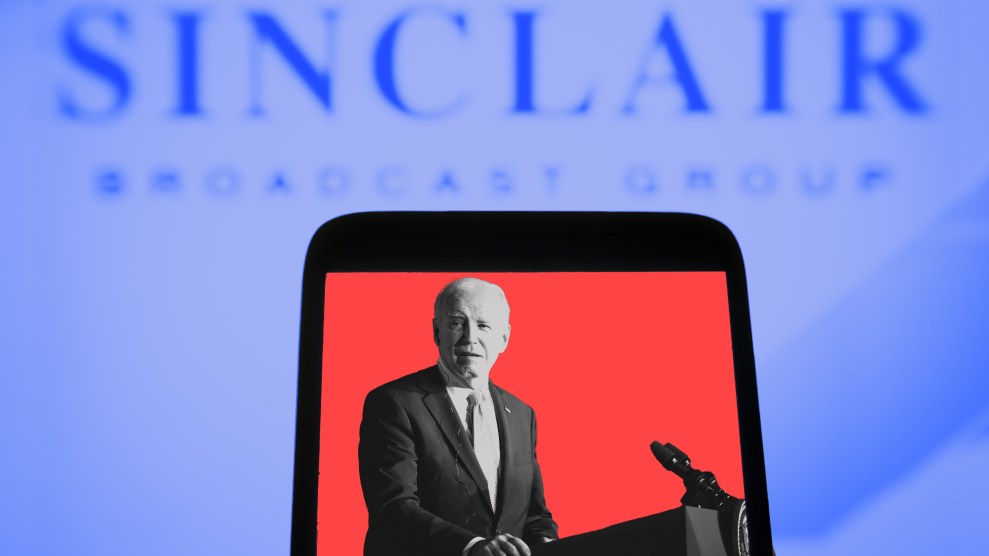You might think it’s impossible to use “public radio” and “hip” in the same sentence unless Nina Totenberg had suffered some kind of skiing accident. But WBEZ in Chicago and Public Radio International’s “This American Life” is indeed hip—as well as intensely literary and surprisingly irreverent. “When I say something untrue on the air,” says Ira Glass, the show’s host and producer, “I assume people know when I’m just saying something for effect, or to be funny. But sadly, one of the problems with being on public radio is that people tend to think you’re being sincere all the time.” Audio archives and a listing of the stations that carry the show are on the program’s Web site (www.thislife.org), and next year, Rhino Records will release a “greatest hits” CD, an event that, Glass readily admits, thrills him. “To be on the same label as Otis Redding and Bart Simpson—what else could anyone want?”—Ana Marie Cox and Joanna Dionis
What books have inspired you?
Bill Buford’s Among the Thugs. He decided to spend time with soccer hooligans in England, and it’s everything you’d ever want journalism to be. The book’s really about the pleasure of being in a mob, of being in a riot. And, as he points out, it’s an ancient feeling, a thrilling feeling. In a certain way, as primal a human feeling as falling in love.
What have you been listening to lately?
I love They Might Be Giants—the sheer inventiveness and variety of what they do is really amazing. And they’re great writers. They always seem smarter than the constraints of [what] a pop song can allow—like Nobel Laureate physicists who have to do all their experiments with paper cups and glue and string instead of photon detectors and particle accelerators.
What radio shows do you listen to?
Very few. “Loveline” is always on the alternative rock station when I get off work—you know, the one with Dr. Drew and Adam. I had no idea so many 14-year-olds were having anal sex. Sort of breaks your heart.
You say radio is the most visual of media. Does that make television the most aural?
Sadly, it doesn’t. If only logic worked in such a pure way all the time. Me, I think all TV should be more like the commercials—at least, like the good commercials. People talk in a conversational tone, filmmakers toy with visual aesthetics, there’s good music, sometimes there are dogs, interesting dogs, who seem to be heavily involved with food—they make sandwiches and dream about fast-food tacos and lead Latin nations. If the news—and the sitcoms, and the dramas—would just take more cues from the commercials, I swear I’d watch more often.
Read more from our exchange with Ira Glass in “Ira Glass: Live and Uncut.”














